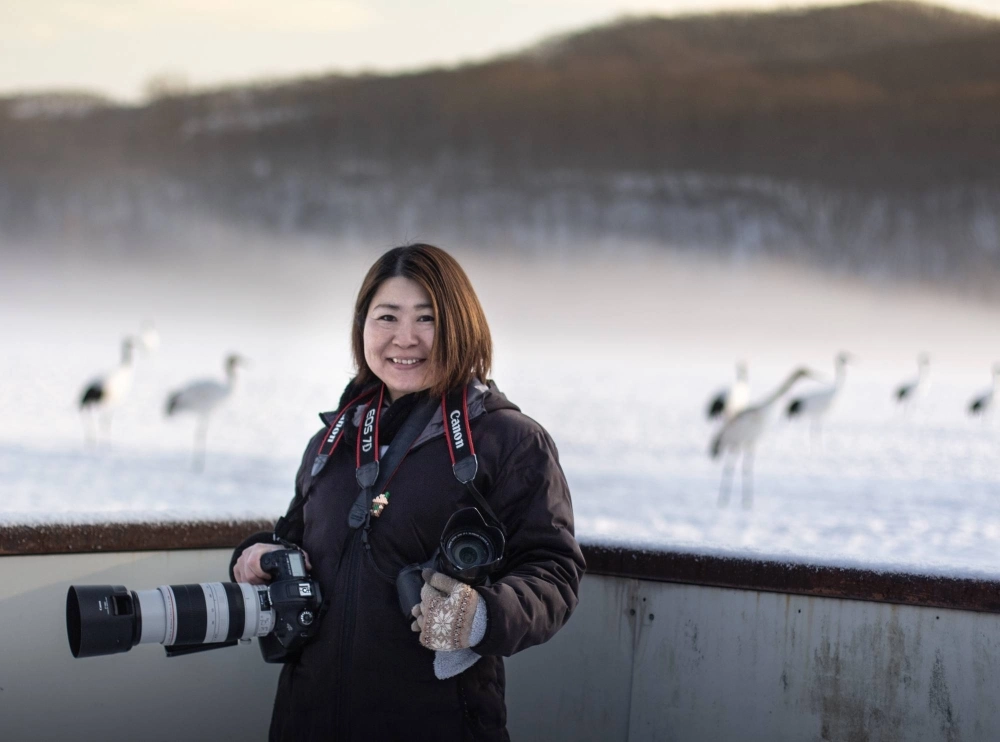In the foggy foothills of the Akan volcanic complex, you can find Miyuki Kawase, 47, searching for gods — the red-crowned cranes. As director of the Akan International Crane Center she is head of outreach and advocacy for the birds, which are an endangered species native to Hokkaido. Revered throughout Japanese history for its longevity and monogamy, the sacred bird has risen from the brink of extinction.
1. What brought you to work at the Akan International Crane Center? I grew up in Akan and began working here as an interpreter in 2005 while saving money to potentially go on a working holiday in Australia. My father’s company became connected to the local michi no eki (roadside station) and he recommended I come here.
2. What do you do for the center? I am the center’s director and interpreter.
















With your current subscription plan you can comment on stories. However, before writing your first comment, please create a display name in the Profile section of your subscriber account page.